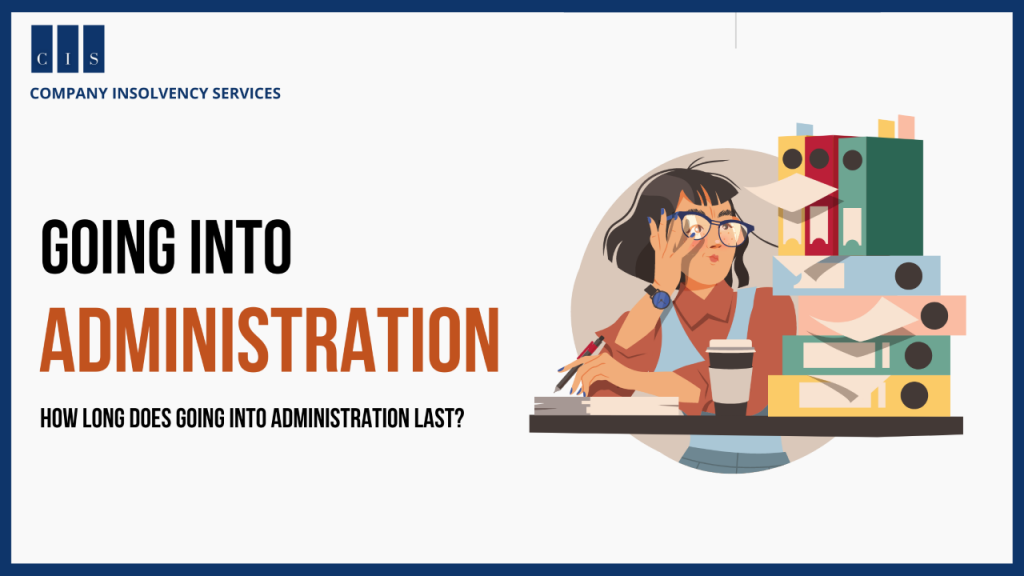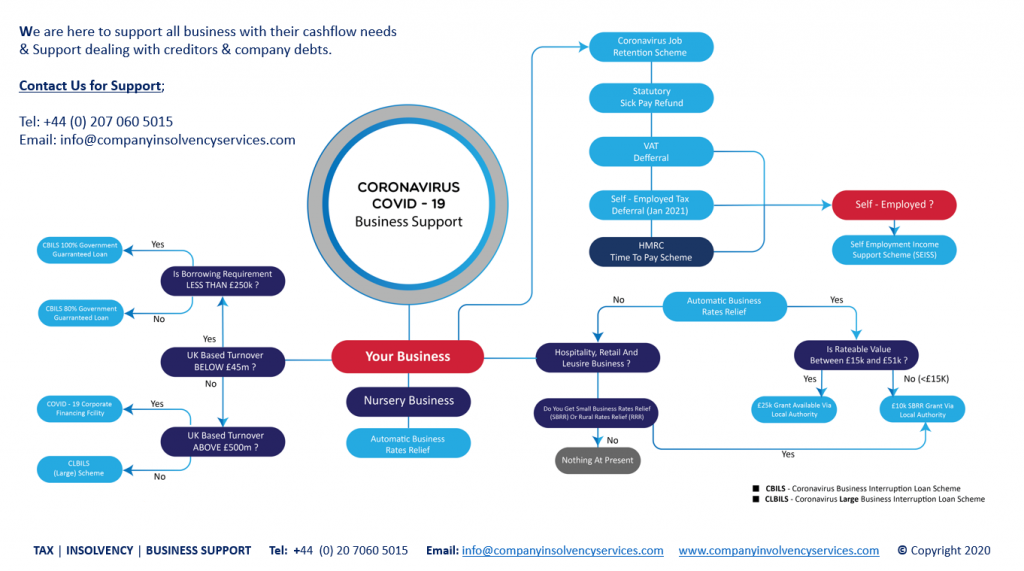GOING INTO ADMINISTRATION
A business may be put into administration for a number of reasons. Usually, there has been some form of financial difficulty or failure to comply with statutory regulations and standards within your industry. This is very common in the clothing industry where companies rapidly expand without keeping an eye on cash flow and often hire staff before having secured investment. There are times when the directors/owners simply run out of money and cannot keep trading any longer, resulting in administration.
As soon as you are notified that your company is under threat of being placed into administration, you should act quickly to either sell part/all of your business (restructuring) make sure all outstanding invoices are paid (creditor meeting). If these actions are not taken it will be almost impossible to save your company from administration.
In a nutshell, going into administration means that an external administrator will take control of your business and attempt to find a way to rescue it through restructuring or liquidation. The process can take three months but the majority only last weeks. If you are facing this difficult situation you should speak to an insolvency practitioner as soon as possible because there are many things that need doing immediately in order for them to help the business survive administration.
At this point payment of all debts becomes strictly controlled by law until after creditors’ meetings have taken place so it is extremely important that all outstanding invoices are paid. This must be done at least two weeks before any meeting takes place – failure to pay up will result in the loss of your company after the meeting
How long does going into administration last?
The process of going into administration can be painful, but it does give you more time to find an investor or new owner. This means that within reason, you do not necessarily need to lose staff during the process of trying to re-launch your business; employees will continue receiving their salaries and benefits until after creditors’ meetings have taken place. At this point payment of all debts becomes strictly controlled by law until after creditors’ meetings have taken place so it is extremely important that all outstanding invoices are paid. This must be done at least two weeks before any meeting takes place – failure to pay up will result in the loss of your company after the meeting
Why Administrators?
Administrators are appointed by creditors to help them avoid having to write off debts that cannot be repaid. They work on behalf of the creditors and shareholders and their first priority is to save as much money as possible. The administrators try and find a way for the business to survive which might mean trading part/all of it or selling off any assets. If they can show that there is no chance of finding another solution then the administration will be concluded. This could result in liquidation or closing down, depending on how much money or other assets remain after everything has been sold off. The majority of businesses do not survive – over 70% fail within the first 6 months.
How Administrators Operate?
Administrators must act in accordance with all statutory regulations, rules and guidelines; they are obliged to act only in the best interests of their creditors. This means that shareholders’ interests come secondary
The administrators primary goal is to return as much money to creditors as possible. The administrators will look carefully at everything that has taken place before they were appointed and then do what they feel is right for each individual company to ensure it survives administration
However, these debts can be repaid through the liquidation of any assets your business might have so if you want your business back you should read on…
The rights of secured creditors (for example, banks who hold mortgages over property used by the business) must be protected first because they have lent money to you which is more than the value of your assets. This is often the case with clothing retailers who, for example, might buy £40 million worth of stock on credit but only own property with a value of £5 million.
What is a pre-pack administration or administration pre-pack sale?
An administration pre-pack sale is where a company that is in administration sells all or some of its assets to another company. It normally happens when the future prospects for the business are poor, but there are still some valuable assets left.
When creditors agree to the pre-pack arrangement it allows administrators an opportunity to sell more of the business’ assets than would have been possible under a conventional administration process. In return, they receive a fee from the purchaser which usually comes from money saved during the process of selling off any remaining assets and ends up being paid by the creditors themselves!
What is administration followed by CVA?
The administration followed by CVA is a common route for a company in the retail sector where the business is viable but has suffered from cash flow problems or poor management. This process can take between 3 – 12 months, although it could be quicker depending on how many assets are available to pay off creditors and how quickly they agree to write-off debts. A CVA (Company Voluntary Agreement) is an agreement with all your creditors that allows you to make periodic payments towards settling their debts over time.




